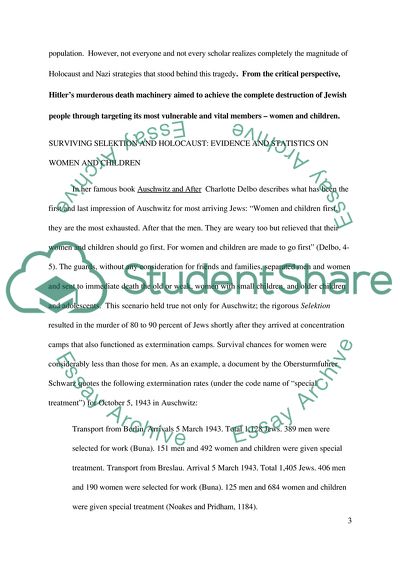Cite this document
(Holocaust during Years 1938 - 1944 Term Paper Example | Topics and Well Written Essays - 3250 words, n.d.)
Holocaust during Years 1938 - 1944 Term Paper Example | Topics and Well Written Essays - 3250 words. Retrieved from https://studentshare.org/history/1736239-holokaust-during-years-1938-1944
Holocaust during Years 1938 - 1944 Term Paper Example | Topics and Well Written Essays - 3250 words. Retrieved from https://studentshare.org/history/1736239-holokaust-during-years-1938-1944
(Holocaust During Years 1938 - 1944 Term Paper Example | Topics and Well Written Essays - 3250 Words)
Holocaust During Years 1938 - 1944 Term Paper Example | Topics and Well Written Essays - 3250 Words. https://studentshare.org/history/1736239-holokaust-during-years-1938-1944.
Holocaust During Years 1938 - 1944 Term Paper Example | Topics and Well Written Essays - 3250 Words. https://studentshare.org/history/1736239-holokaust-during-years-1938-1944.
“Holocaust During Years 1938 - 1944 Term Paper Example | Topics and Well Written Essays - 3250 Words”, n.d. https://studentshare.org/history/1736239-holokaust-during-years-1938-1944.


